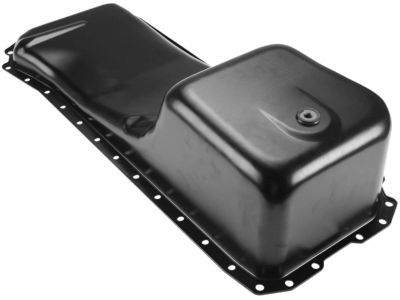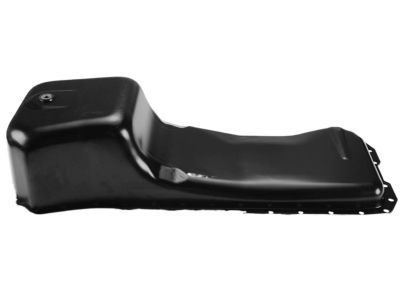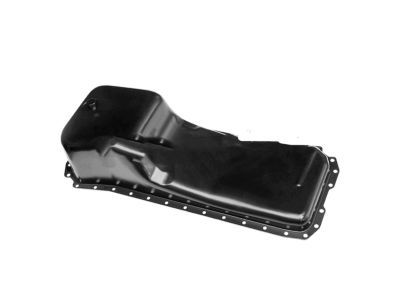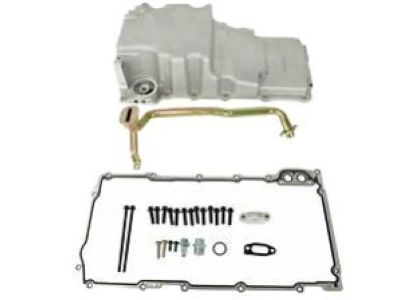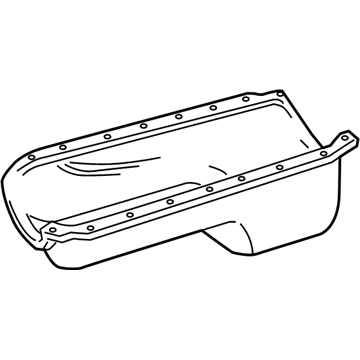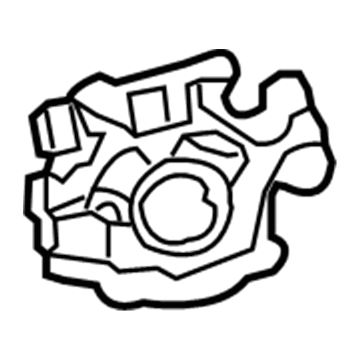
My Garage
My Account
Cart
Genuine Dodge Ramcharger Oil Pan
Oil Drain Pan- Select Vehicle by Model
- Select Vehicle by VIN
Select Vehicle by Model
orMake
Model
Year
Select Vehicle by VIN
For the most accurate results, select vehicle by your VIN (Vehicle Identification Number).
3 Oil Pans found
Dodge Ramcharger Oil Pan
Lubricating pump of Dodge Ramcharger vehicles: it is the pan where oil reservoir is stored so that the moving components of the engine must be lubricated properly in order to avoid any unnecessary heat being generated. oil capacity of the Dodge Ramcharger is provided by a wet style sump which is housed in the Oil Pan of this vehicle, oil passes through the pickup tube and is pumped by the oil pump to circulate within the engine before it is returned into the Oil Pan. This design is important to ensure that the engine gives out their premier performance always. Traditionally, Dodge Ramcharger Oil Pans have mainly been fabricated from stamped steel and stamped steel from cast aluminum has recently been incorporated. The general purpose however stays the same while the advancement focuses on the kind of materials thus factors like durability and efficiency. Thus, the Oil Pan plays a crucial role in the Dodge Ramcharger's engine lubrication system that changed its functionality in response to questions arising throughout the years.
Looking for affordable and high-quality auto parts? Then you have already arrived at the proper online shop. We offer all Dodge Ramcharger Oil Pan at great affordable prices. Moreover, all genuine Dodge Ramcharger Oil Pan come with a manufacturer's warranty. In the long run, you would realize you have saved a lot of trouble and money with OEM parts from here.
Dodge Ramcharger Oil Pan Parts Questions & Experts Answers
- Q: How to properly remove and reinstall an oil pan in six cylinder engine on Dodge Ramcharger?A:Locate the negative battery terminal and loosen it to isolate it from the battery positive terminal, remove the engine oil dipstick. Chock the wheels, and safely jack up the vehicle and make sure that it can safely stand without rolling before you decide to drain the engine oil. Disconnect the engine to transmission strut, and for those automobiles that have an automatic transmission, also, the torque converter inspection cover has to be removed. After that, take off the oil pan mounting bolts and extract the oil pan from the engine's structure. To clean oil pickup tube and screen the assembly has to be removed from the block and cleaned using solvent and also check the screen for changes. Wipe off the oil pan with solvent and dry it with a piece of clean cloth, remove all the gasket materials from the oil pan, by scraping the mounting surfaces of the oil pan as well as that of the block. There should be no distortion at the oil pan mounting flange, straighten it if required. Screw and fit the oil pickup tube and screen in the block as far as necessary and then turn the assembly to put it about one inch from the oil pan bottom. The oil pan should be reinstalled together with new gaskets: when fitting rubber seals and cork gaskets, it is necessary to use RTV-type sealant both on the rubber and on the cork gasket, and on both planes of the gasket. When this is done, fit the retaining bolts and tighten the same to the recommended torque in a star pattern from the center outwards. Continue the process by performing the reverse of the above procedures such that replace the Oil drain plug and tighten it and then pour the correct quantity of oil into the crankcase and examine for leaks at the oil pan gasket sealing surfaces after starting the engine.
